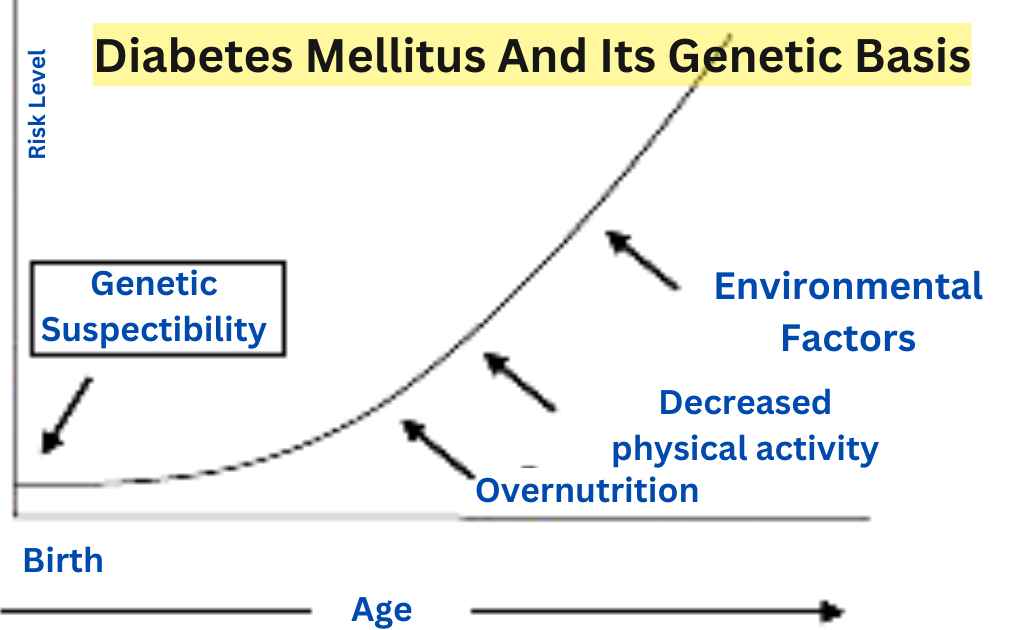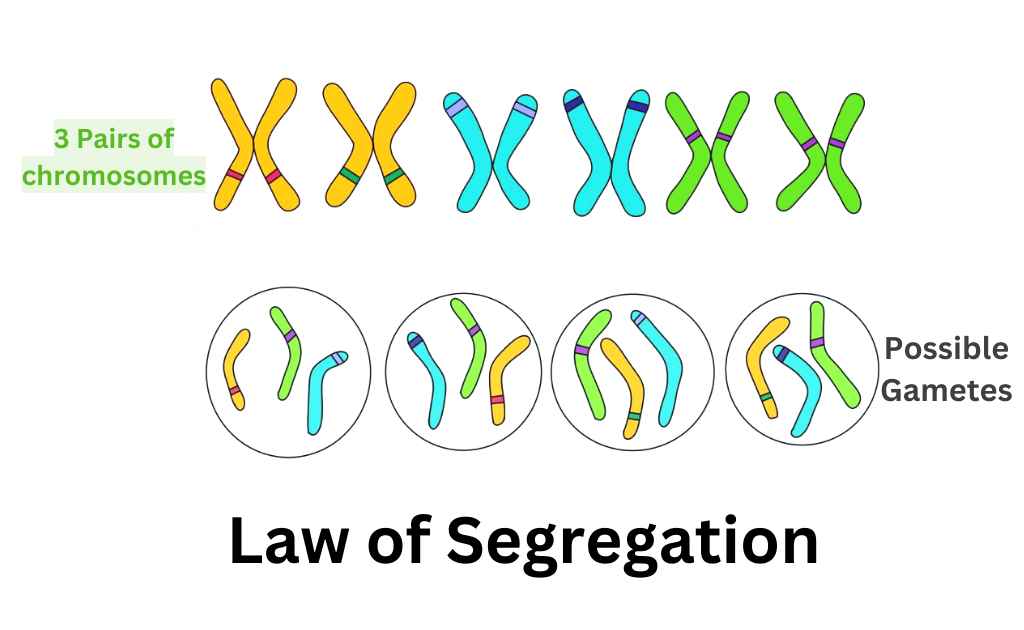How does the Law of Segregation relate to Meiosis?
The Law of Segregation is related to meiosis because meiosis is the process that separates the paired genes responsible for a particular trait and distributes them independently to each daughter cell, ensuring the formation of genetically diverse gametes, as required by the Law of Segregation. This process contributes to genetic variation.
Law of Segregation
The law of segregation, also known as Mendel’s first law of inheritance, explains the transmission of genetic traits from parents to offspring.
It states that during the formation of gametes, the two alleles of a gene segregate from each other, and each gamete receives only one allele. It occurs during meiosis, that produces haploid gametes from diploid cells.
What is Meiosis?
Meiosis is the specialized cell division that produces haploid gametes from diploid cells. It consists of two consecutive cell divisions: meiosis I and meiosis II.
How does the Law of Segregation relate to Meiosis?
The law of segregation plays a crucial role in meiosis, the specialized cell division that produces gametes. It helps explain how genetic traits are transmitted from parents to offspring, and how genetic variation is created within populations. Meiosis consists of two consecutive cell divisions: meiosis I and meiosis II.
Meiosis I:
- Homologous chromosomes pair up
- Crossing-over occurs, where genetic material is exchanged between the homologous chromosomes
- The homologous chromosomes separate and move to opposite poles of the cell
- This separation is known as the first segregation, which follows the law of segregation
Meiosis II
- The sister chromatids of each chromosome separate from each other
- This results in the formation of four haploid daughter cells
- Each daughter cell contains one copy of each chromosome
- The different combination of alleles due to the random segregation of the homologous chromosomes during meiosis I produces genetic variation, which is the raw material for evolution
how does meiosis explain Mendel’s law of segregation?
Meiosis explains Mendel’s Law of Segregation by showing how the paired genes responsible for a particular trait get separated during gamete formation and distribute independently. As each daughter cell receives a single copy of each gene. It results in genetically diverse gametes with only one allele of each gene.
This separation and distribution of alleles during meiosis ensures that each gamete receives only one copy of each gene, as required by the Law of Segregation, and contributes to genetic variation.

 written by
written by 





Leave a Reply